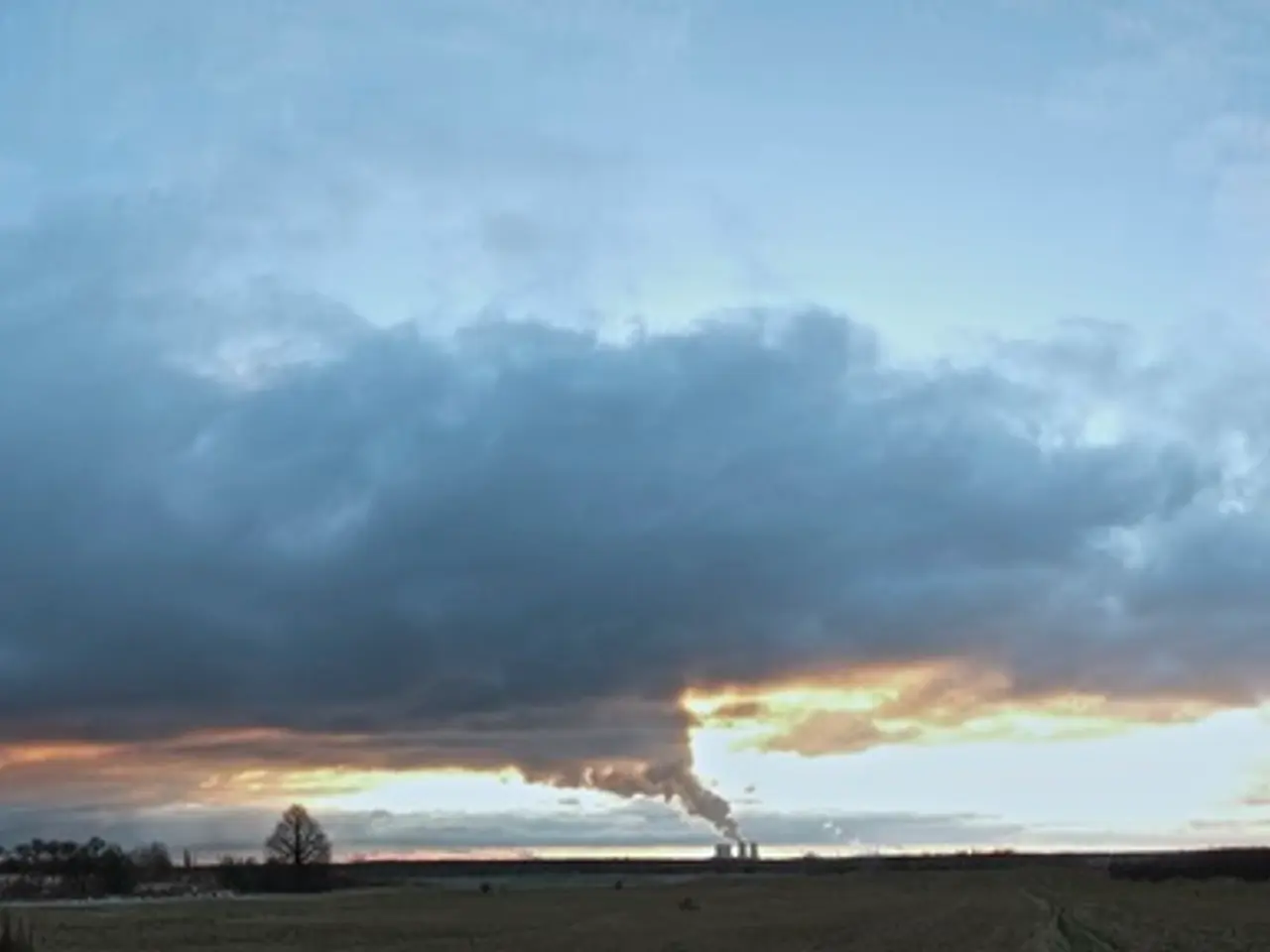Historical and Future Effects of Emission Regulations and Climate Change on Local Air Quality and Health
In a report titled "Regional Air Pollution Mixtures," published on September 27, 2016, researchers examined the impacts of emissions controls on air quality and health, with a focus on regional pollution mixtures. The report, a 6.04 MB PDF file, reveals that past emissions controls, particularly under laws like the U.S. Clean Air Act (CAA), have significantly improved regional air quality and public health.
The CAA, through its 1970 and 1977 amendments, established standards and regulations that have cut total emissions of major pollutants in the U.S. by about 78% from 1970 to recent years, despite economic and population growth. This has led to benefits including fewer respiratory illnesses, cardiovascular issues, and premature deaths.
Key historical impacts include emission reductions from automobiles, the setting of limits for six major pollutants through National Ambient Air Quality Standards (NAAQS), and the regulation of industrial emissions precisely through New Source Performance Standards (NSPS) and National Emissions Standards for Hazardous Air Pollutants (NESHAPs). These measures have led to reduced airborne particulate matter and lead, resulting in fewer associated health problems.
However, climate change poses emerging challenges that can worsen regional air quality and counteract these gains in some contexts. Rising temperatures can increase ground-level ozone, worsen wildfire smoke impacts, and affect atmospheric chemistry, potentially leading to more days with unhealthy air quality. Climate-driven changes in weather patterns can alter pollutant dispersion and secondary pollutant formation. Some air pollution sources also emit greenhouse gases, complicating control strategies.
Looking to the future, air quality control policies will need to adapt to the impacts of climate change to sustain and improve health benefits. This includes integrating climate and air pollution policies. Increased use of market-based instruments and stricter emission controls, informed by science, will be critical to manage air quality amid changing environmental conditions.
Continued monitoring and research underpin effective policy evolution, but recent political polarization has hindered new amendments to landmark laws like the CAA, limiting legislative responses to climate-linked air quality issues. Internationally, success in banning ozone-depleting substances shows coordinated environmental action is possible, though efforts to curb greenhouse gases and resultant climate impacts lag behind, affecting air quality globally.
In summary, historical emissions controls have vastly improved regional air quality and health, but future climate change threatens to complicate air pollution dynamics, requiring adaptive policies, sustained scientific input, and often combined mitigation efforts targeting both air pollutants and greenhouse gases.
- Climate change, which can increase ground-level ozone and impact wildfire smoke, poses emerging challenges for air quality control policies, as it might lead to more days with unhealthy air quality and potentially counteract the gains made to improve regional air quality.
- Science will be critical in informing the use of market-based instruments and stricter emission controls, helping to manage air quality amid changing environmental conditions caused by climate change.
- Addressing the global issue of climate-linked air quality issues requires adaptive policies, sustained scientific input, and often combined mitigation efforts targeting both air pollutants and greenhouse gases, as the health implications are significant for the domain of health-and-wellness and environmental-science alike.




